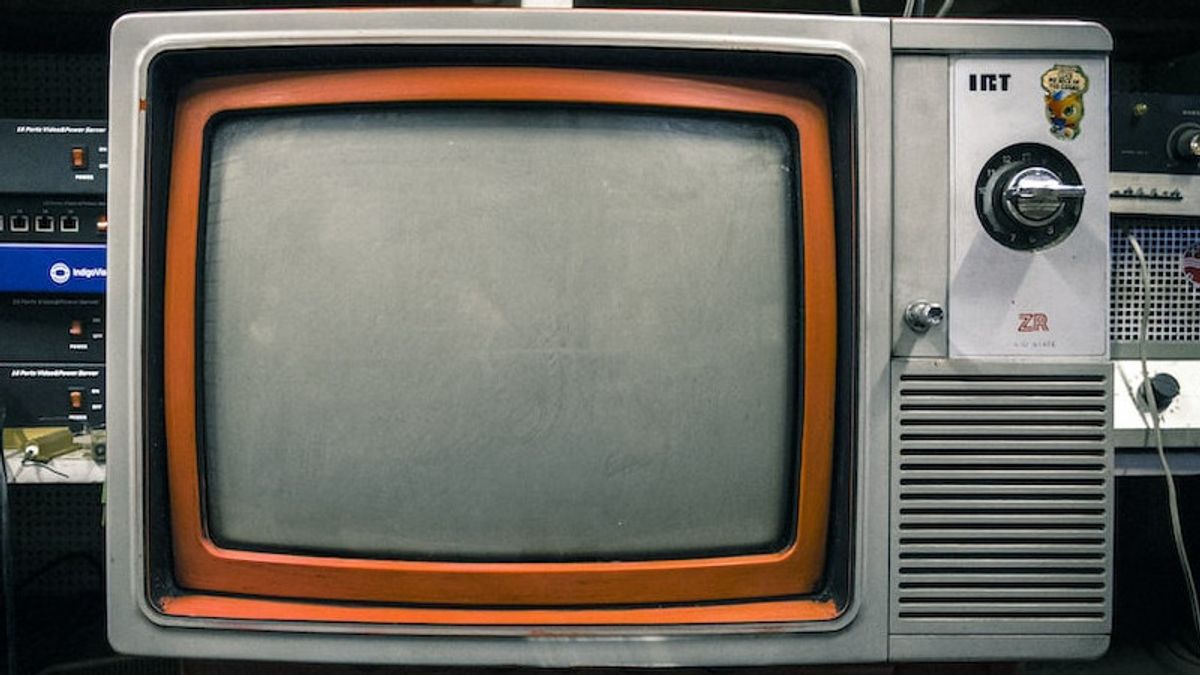YOGYAKARTA Along with the times, there are various types of television technology that have developed. Technology in television represents every era, including in today's era.
As a popular electronic broadcasting medium, television technology continues to be developed massively even today.
Technology on television has an impact on many things such as shape, image quality, material quality, size, sound output, and much more. For more details, here are some types of television technology that exist today.
Cikal bakal teknologi televisi pertama adalah CRT atau Cathode Ray Tube Television. CRT TV adalah teknologi televisi pertama di dunia yang salah satu komponennya berbentuk sebagai proyeksi gambar sekaligus dimanfaatkan sebagai jeluran electron dari projector yang diletak di belakang tabung. Menurut beberapa sumber, CRT TV jadi produk komersial di dunia sejak tahun 1922.
This type of television is rarely found in the market, but some people still use it. Its use is massively used in the 90s.
The advantages of tube TV
Weakness of tube TV
Plasma TV technology was created by scientists from the United States at the University of Illinois. The television began circulating in the world from the 1960s. Some people think that Plasma TV or PDP (Plasma Display Panel) is the forerunner of television sailing flat in the world.
The way Plasma TV works is by utilizing millions of plasma cells that exist between two glass screen panels. Each panel consists of a build-up of cashable gas and firecrackers. When electrified, a light will appear in color.
Plasma TV Excellence
Weakness of Plasma TV
LCD TV is one of the flat-screen television technologies the results of plasma TV refinement. LCD TV takes advantage of Liquid Crystal Display. This technology is also used on computer monitors.
LCD TV was first tested in a lab. RCA electronics company in the United States in 1968. After that Sharp released their first LCD TV in 1987 in color.
Liquid Crystal Display on LCD TV is useful for blocking or becoming a lane for light. While light settings can be done by adding or reducing electricity.
LCD TV Excellence
LCD TV Weakness
LED TV is a developmental television technology from a previous product that adopted the LCD TV system. Despite the adoption results, LED TV generates backlight from LED (Light Emitting Diodes) types of lights, while LCD TV uses fluorescent lights.
The history of LED TV itself cannot be separated from scientist George H.Heilmeier. He introduced the first LCD panel in 1964.
LED TV Excess
LED TV Shortage
OLED TV or Organic Light Emitting Diode is a TV technology that doesn't need background light to give rise to images like the previous technology. The form of OLED TV is thinner and more concise than the previous generation.
In its creation, OLED TV uses organic carbon compounds with the help of LED lights. Images will appear when the electricity flows.
OLED TV's EXcellence
Weakness of OLED TV
UDH or Ultra-High Definition TV is a term embedded on television with a screen resolution of 3840 x 2160. This technology highlights the sharpness of images on TV devices. The term UHDTV was originally proposed by NHK Science & Technology Research Laboratory, Japan. Then in 2012 the UHD term was introduced by Consumer Electronics Association (CEA) which refers to the TV screen with a minimum ratio aspect of 16: 9 and has at least one digital input.
UHD TV Excellence
Weakness of UHD TV
Smart TV is a term that refers to TV functions that can be used for various purposes. This is because the internet connection is connected to television, so its function is not only to watch television but is used for browsing, streaming, and so on.
That's information related to the type of television technology. To get other interesting information, visit VOI.ID.
The English, Chinese, Japanese, Arabic, and French versions are automatically generated by the AI. So there may still be inaccuracies in translating, please always see Indonesian as our main language. (system supported by DigitalSiber.id)








